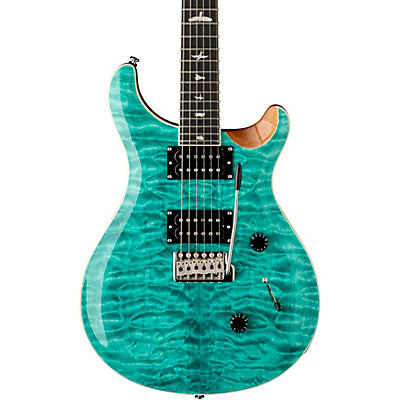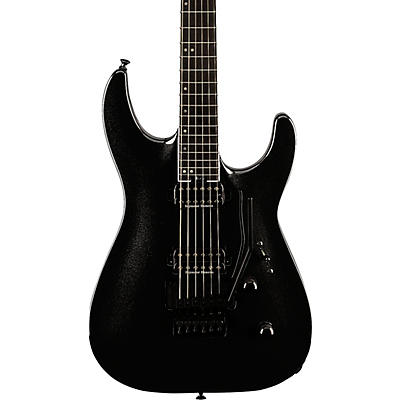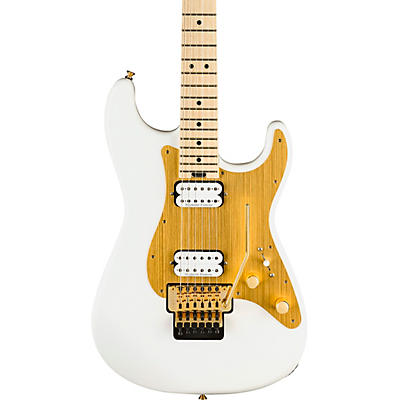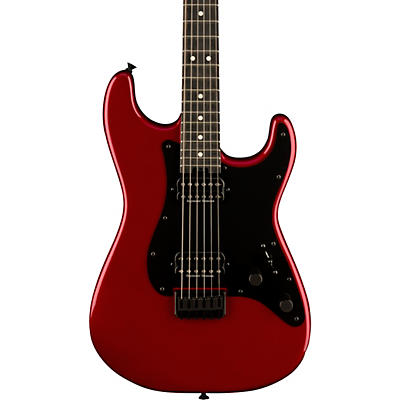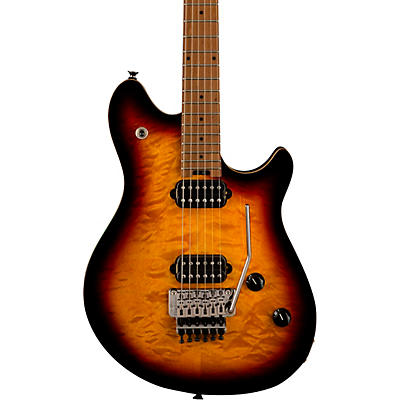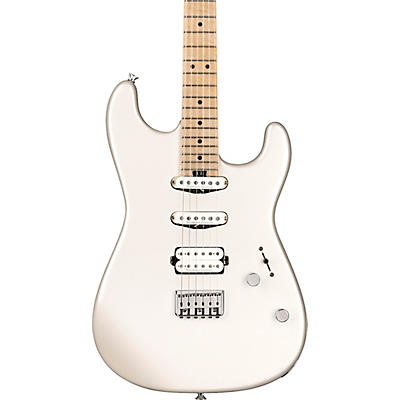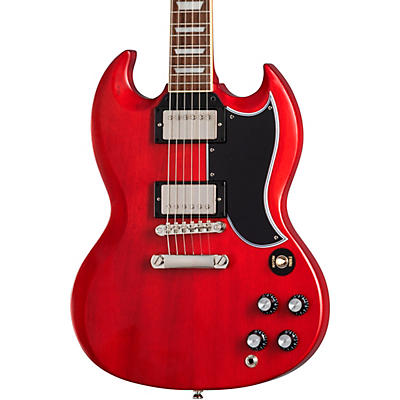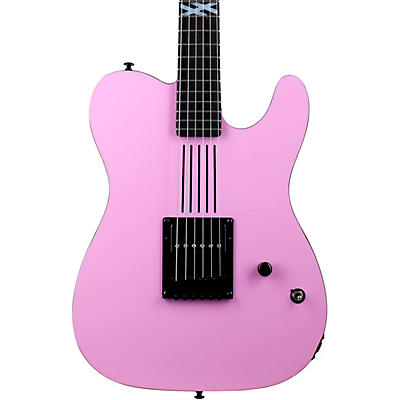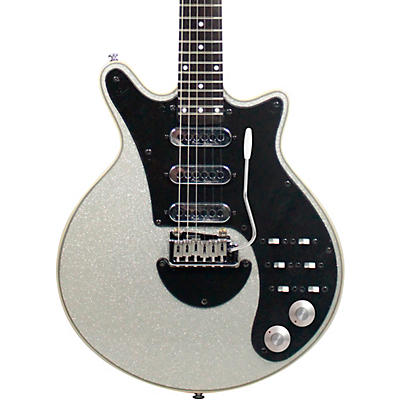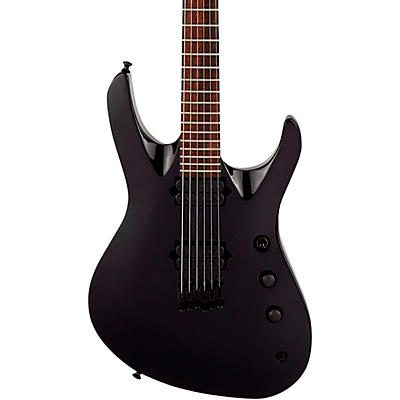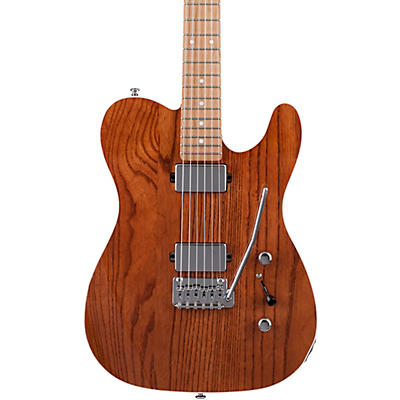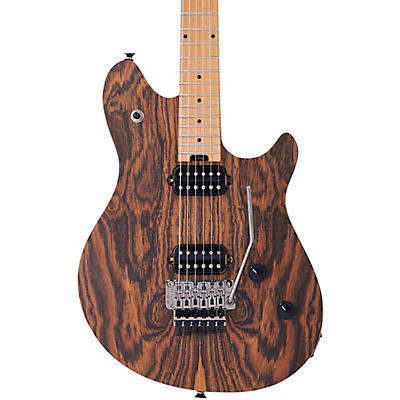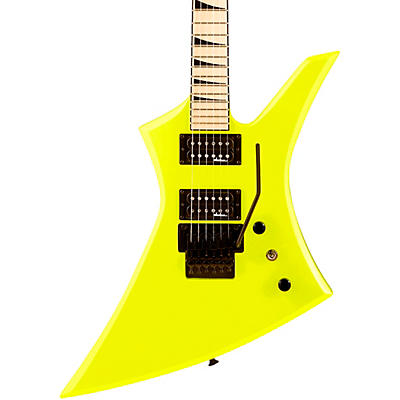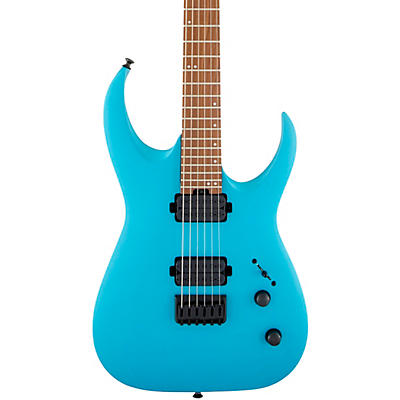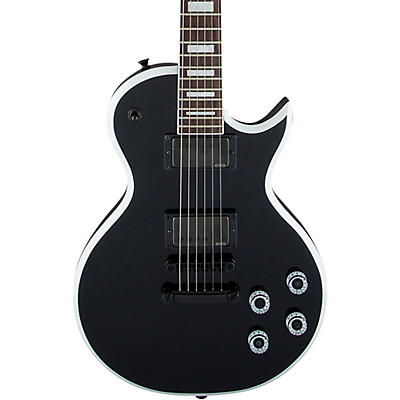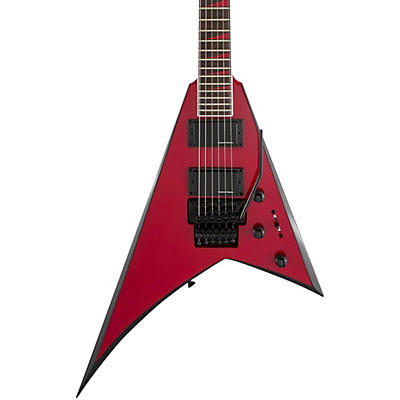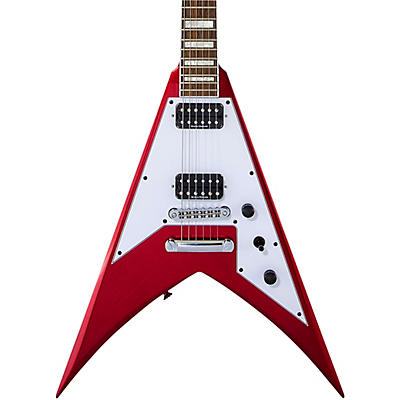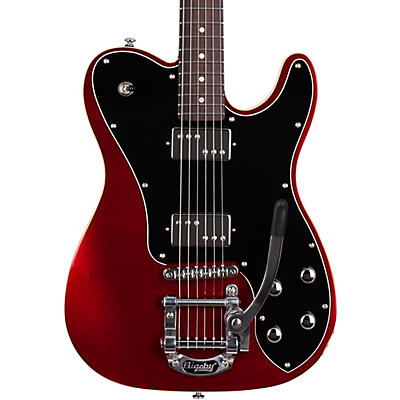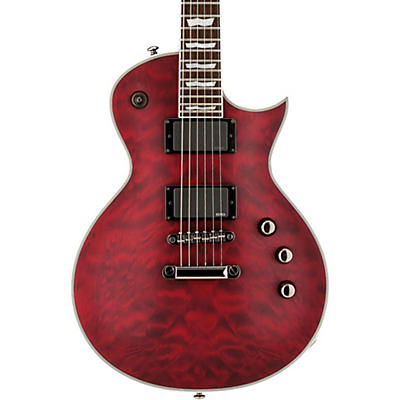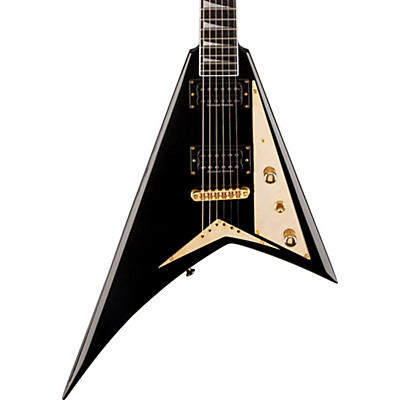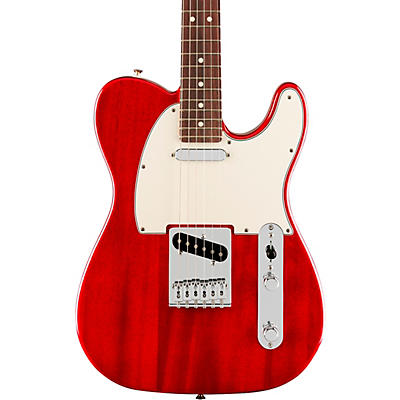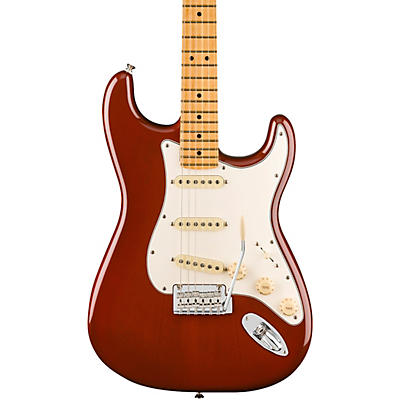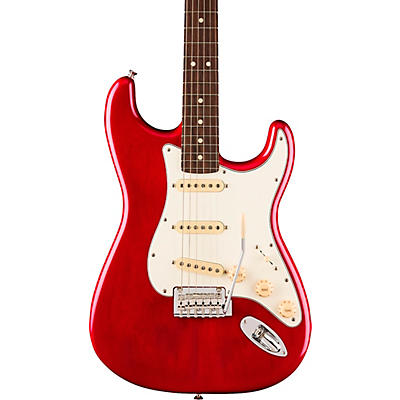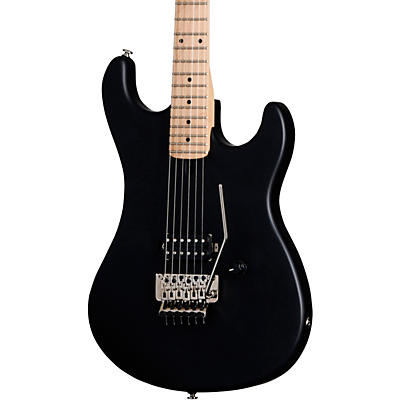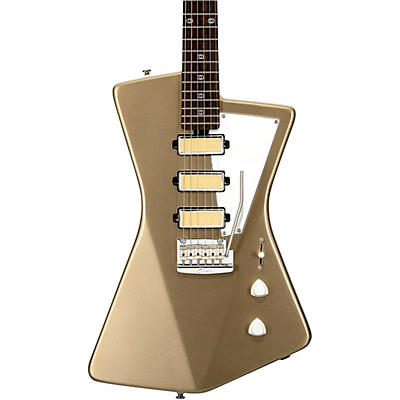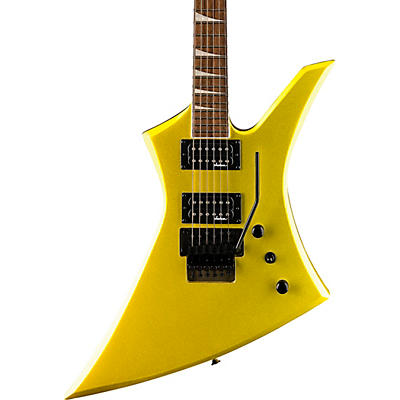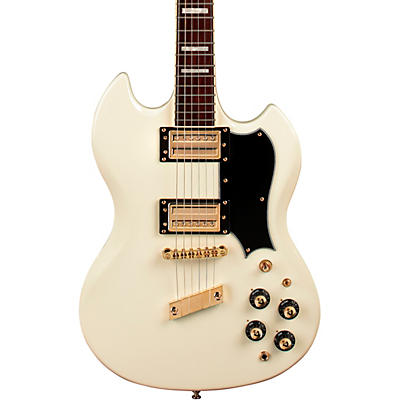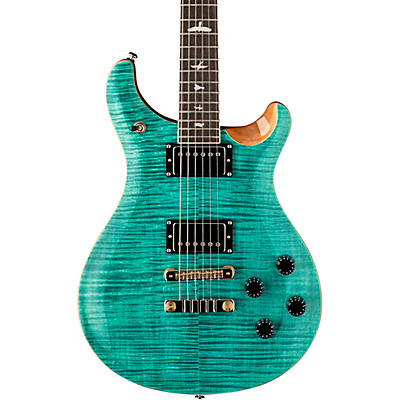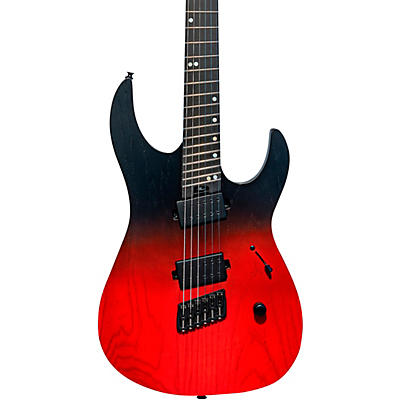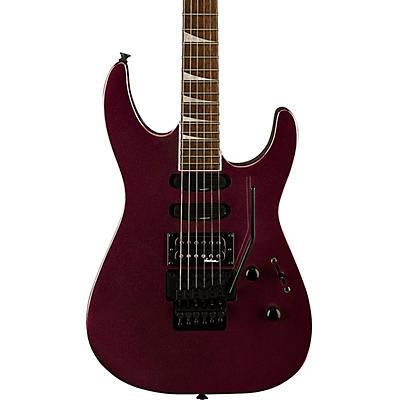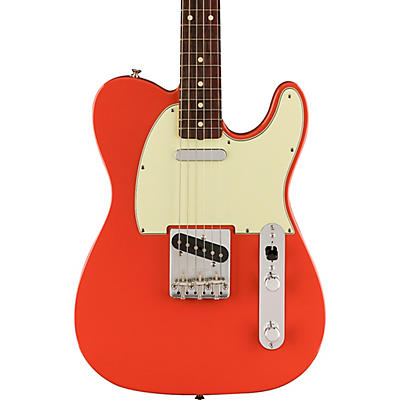The electric guitar is an instrument that took the world by storm. Rising from nonexistence to prominence in nearly every genre in just a few decades, it's had an impact on the music scene that no one can deny. If you're looking to follow in the footsteps of legends like Jimi Hendrix and Carlos Santana or modern guitar heroes like Dave Grohl and Tom Morello, then choosing a solid-body electric guitar is an important rite of passage.
Solid-body designs are the most common type of electric guitar, owing to their outstanding versatility. The Fender Stratocaster is a solid body electric that is considered to be one of the iconic guitars in rock and roll. The six string solid body electric guitar is the standard, but if you're adventurous you can also challenge yourself with extended-range 7-, 8-, 10- or even 12-string guitars. Under those strings are the pickups, which come in two major varieties. Single coils were the original style pickups, and they're still widely in use today. These pickups are known for allowing a little bit of feedback, or hum, giving a vintage character to their sound.
The second type of pickup is dual-coil, also known as humbuckers because they cancel out that hum. The two coils have a side-effect that results in a more powerful, heavy tone, making them the go-to pickups for distortion-rich genres like metal, grunge and alternative. The tone is also affected by the wood of the guitar body, which has a subtle impact on the overall character of the sound. Poplar and alder are some of the most common tonewoods, since they create bright, balanced sounds that flatter precision playing. On the other end of the scale you have maple and mahogany, which yield a darker, mellower tone. Other woods, like basswood and ash, lie somewhere in the middle, providing a neutral character that makes them amazingly versatile.
Apart from the pickups and body material, one of the other factors to take into account when choosing your guitar is the neck style. It may seem simple at first glance, but there are a lot of differences from one neck to the next. For example, is the back C-shaped or V-shaped? What is the radius of the fretboard? Fretted or fretless? Rosewood or ebony on top, maple or mahogany in back? All of these things distinguish one guitar neck from the next, and you owe it to yourself to do your homework here. It might take some thought in order to figure out for certain what works best for you, but it's worth the effort a guitar that's the right "fit" will be a joy to play. So, take your time and make your decision carefully. With your favorite guitar in your hands and plenty of practice to get to know its ins and outs, you'll be well on your way to earning your own place in music history.





































































































































